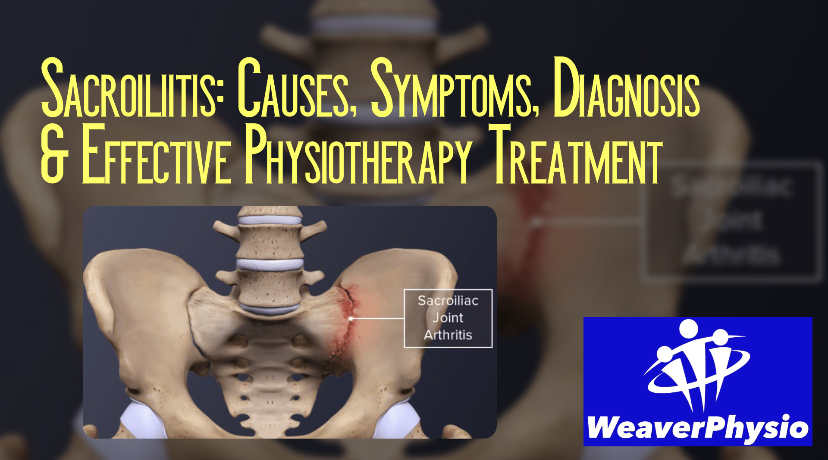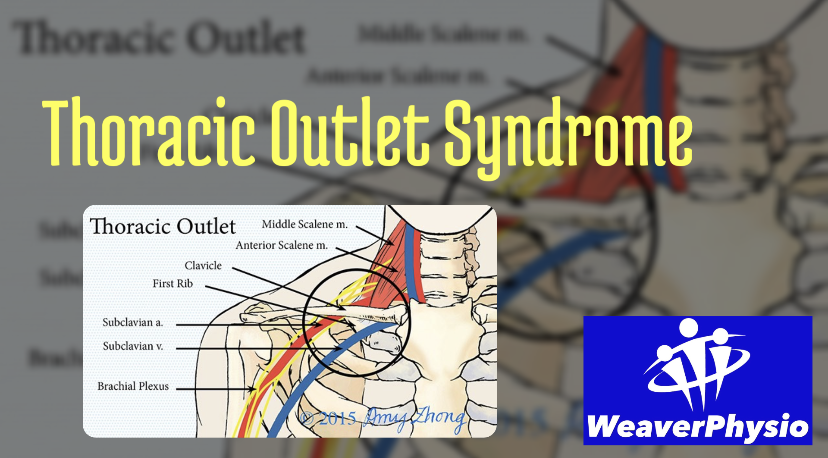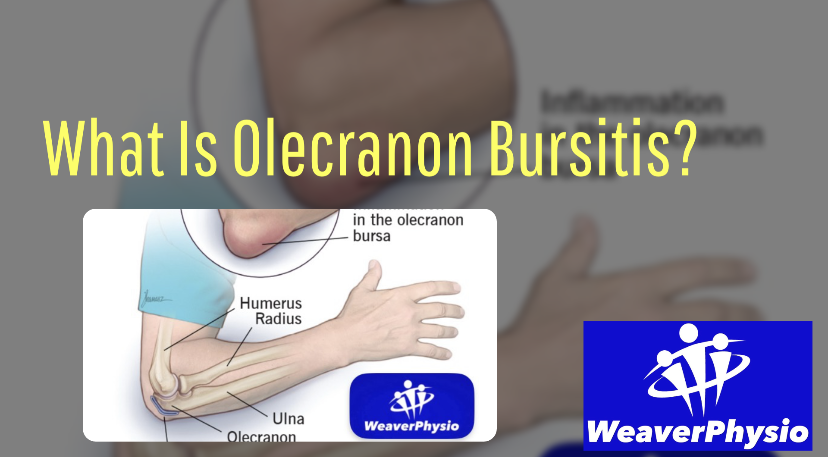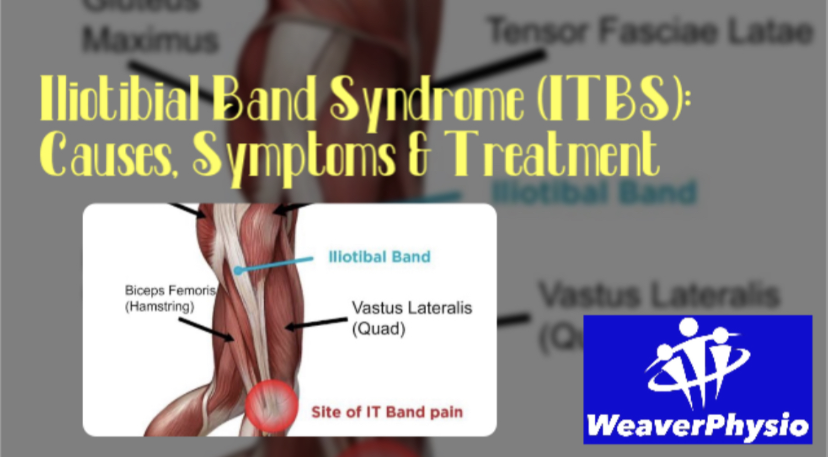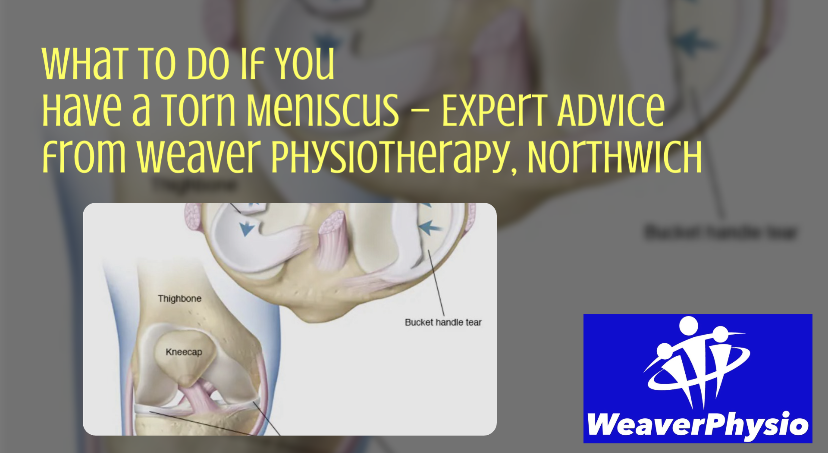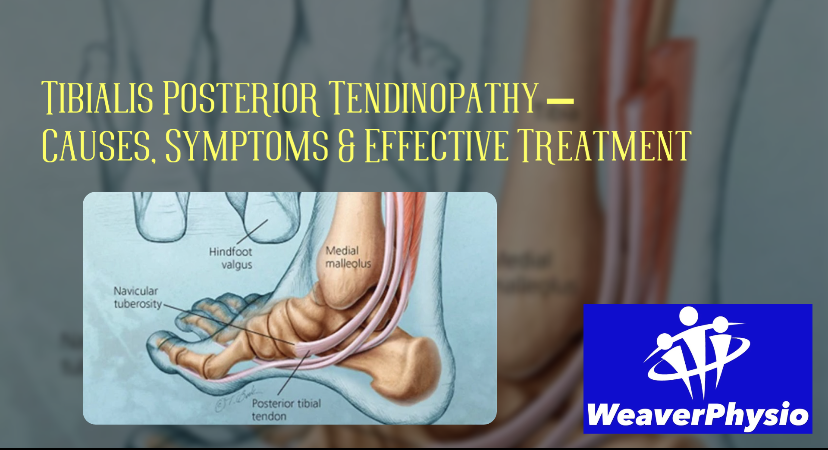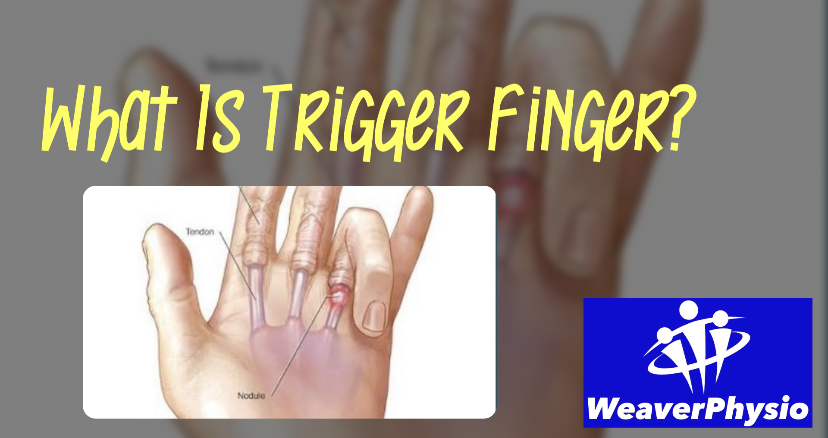Understanding your back pain
Causes, Types & Effective Physiotherapy Treatment in Northwich
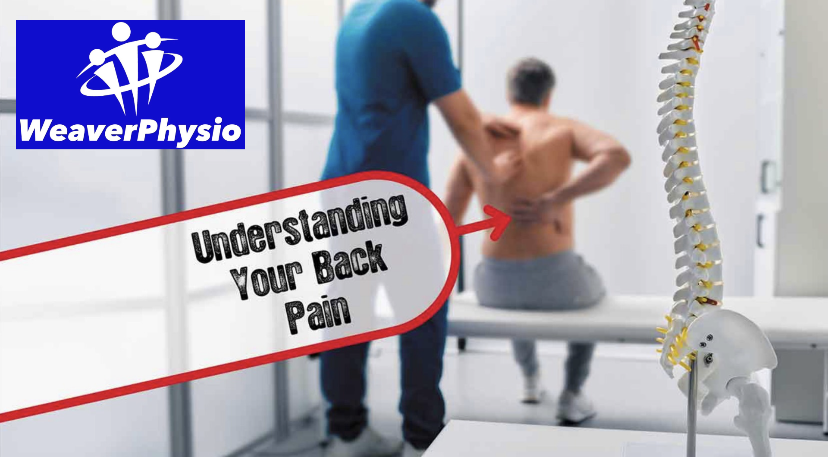
Understanding Back Pain – Causes, Types & Effective Physiotherapy Treatment in Northwich
Are you struggling with back pain in Northwich or the surrounding Cheshire area? At Weaver Physio, we understand just how disruptive back pain can be—whether it’s a sudden sharp spasm or a lingering ache that limits your mobility and affects your quality of life.
Back pain isn’t always the same. It can be acute, chronic, or caused by sciatica—each with different symptoms, causes, and treatment options. In this guide, we help you identify the type of back pain you may be experiencing and explain how expert physiotherapy can support your recovery.
⸻
Acute Back Pain
Acute back pain comes on suddenly, often after a strain, awkward movement, or lifting injury. It’s usually short-term but can be severe.
Common Causes:
• Muscle or ligament strain
• Sudden trauma or impact
• Poor lifting technique
• Prolonged bending or twisting
Symptoms:
• Sharp or stabbing pain
• Muscle spasms
• Limited mobility
• Pain radiating to the buttocks or thighs
Duration:
Acute back pain often settles within a few days to weeks. Early physiotherapy intervention can help speed recovery and prevent recurrence.
When to Seek Help:
If your pain is worsening, not improving, or includes leg numbness or weakness—book a physiotherapy assessment in Northwich today.
🔗 Read our acute back pain leaflet (https://app.co-kinetic.com/success-page/back-pain-content-marketing-campaign-for-physical-therapists?userId=11769)
⸻
Chronic Back Pain
Chronic back pain lasts longer than 12 weeks and often develops gradually. It may stem from an unresolved acute injury or degenerative spinal conditions.
Common Causes:
• Disc degeneration
• Spinal arthritis
• Muscle imbalance or poor posture
• Sedentary lifestyle or repetitive strain
Symptoms:
• Ongoing dull ache or sharp pain
• Stiffness and limited flexibility
• Pain that flares with activity
• Difficulty sleeping or concentrating
Chronic vs Acute Pain:
Chronic pain can be more complex and is often influenced by stress, lifestyle, or poor movement habits. It requires a more tailored physiotherapy approach.
🔗 Explore our chronic back pain leaflet (https://app.co-kinetic.com/success-page/back-pain-content-marketing-campaign-for-physical-therapists?userId=11769)
⸻
Sciatica
Sciatica is a specific type of nerve-related back pain that radiates from the lower back down one leg, following the path of the sciatic nerve.
Common Causes:
• Herniated disc
• Spinal stenosis
• Bone spurs or nerve compression
Symptoms:
• Shooting or burning pain from the back to the leg
• Numbness or tingling in the leg or foot
• Pain worsened by sitting or coughing
• Usually affects one side only
Is It Sciatica or Just Back Pain?
Sciatica has a very distinct pain pattern and needs a specific rehab plan focusing on both spinal mobility and nerve function.
🔗 Check out our leaflets on Low Back Pain and Sciatica (https://app.co-kinetic.com/success-page/back-pain-content-marketing-campaign-for-physical-therapists?userId=11769)
⸻
Why Choose Physiotherapy for Back Pain?
At Weaver Physio in Northwich, our specialist team offers evidence-based treatment tailored to your pain type. Whether you’re recovering from a strain, managing long-term spinal issues, or dealing with nerve pain, we provide:
✅ Hands-on therapy (joint mobilisation, soft tissue release)
✅ Targeted rehabilitation exercises
✅ Postural re-education and ergonomic advice
✅ Shockwave therapy (for chronic or persistent issues)
✅ Holistic strategies including breathing therapy and movement retraining
⸻
When Should You Book an Appointment?
• Pain lasting more than a few weeks
• Difficulty walking, sleeping, or doing daily tasks
• Numbness, tingling, or weakness in the legs
• Pain following an injury or accident
• Recurrent episodes of back pain interfering with work or life
⸻
Self-Help & First Steps
While waiting to see a professional, you can manage back pain with gentle activity, avoiding aggravating positions, using hot/cold packs, and over-the-counter pain relief as advised.
🔗 Read more self-help strategies here (https://app.co-kinetic.com/success-page/back-pain-content-marketing-campaign-for-physical-therapists?userId=11769)
⸻
Take the First Step Towards a Pain-Free Back
If you’re searching for specialist back pain physiotherapy in Northwich, Middlewich, Winsford, Knutsford, or wider Cheshire, we’re here to help. At Weaver Physio, our expert clinicians focus on getting you moving, pain-free, and confident in your body again.
📞 Call 01606 227484
💻 Book online at http://www.weaverphysio.com
🗓️ Same-day and evening appointments available
⸻
#PhysiotherapyNorthwich #BackPainRelief #SciaticaTreatment #WeaverPhysio #CheshireBackPain #SportsInjuryClinic #NorthwichPhysiotherapy #RehabClinic #PainFreeMovement




